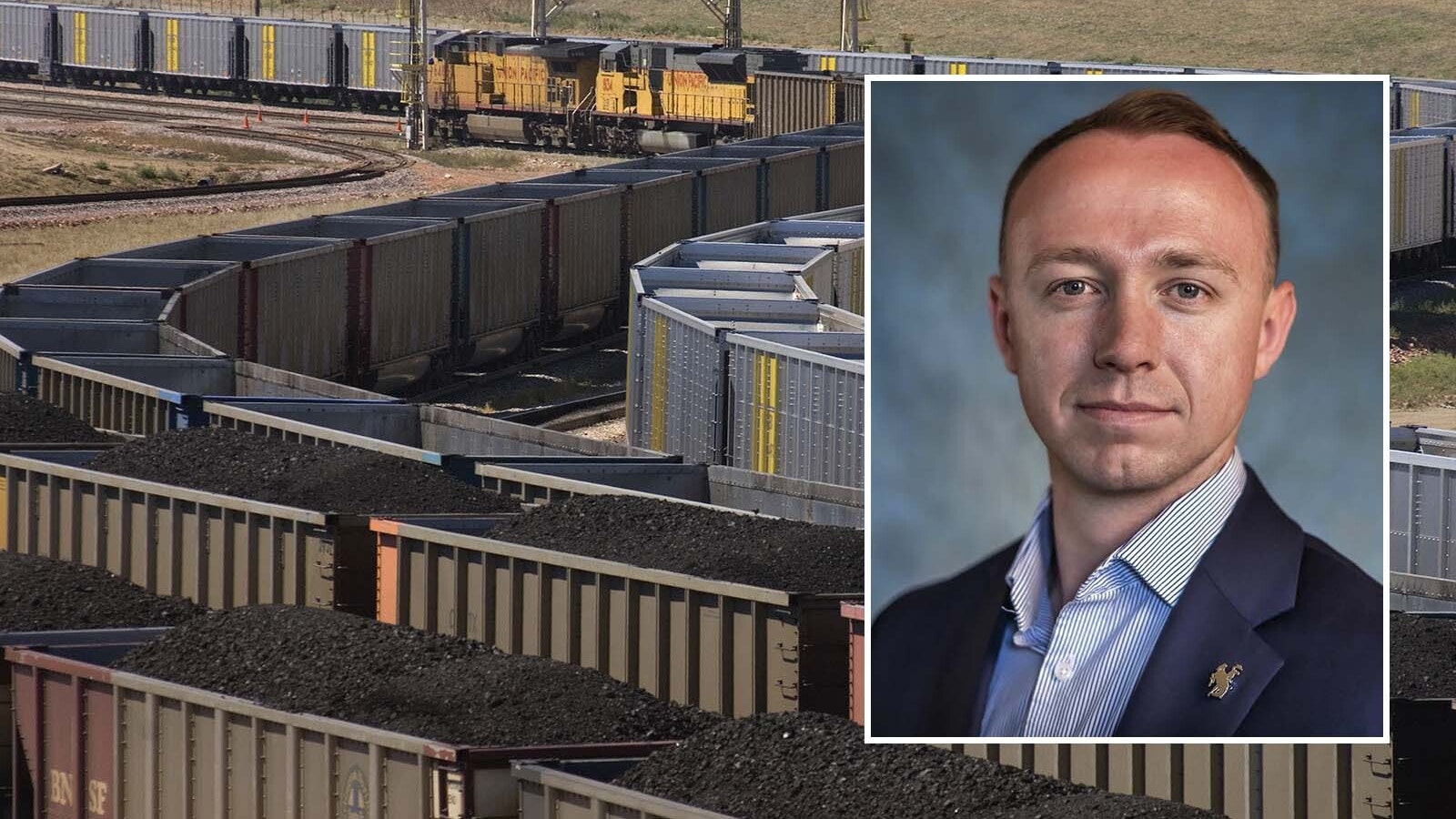There has been speculation for years about what could finally mean death for coal in Wyoming’s coal-rich Powder River Basin, which supplies 40% of the nation’s thermal coal.
The handwriting may now be on the wall with a seemingly obscure federal court order out of Montana on Thursday that puts a funeral date of 2041 for coal in northeastern Wyoming.
In response to a 2022 order from the U.S. District Court for the District of Montana in Billings, located just to the north of Wyoming’s coal country, the U.S. Bureau of Land Management issued a proposed rule out of its Buffalo Field Office Thursday that basically ends federal coal production in the Cowboy State under existing leases in 2041.
Wyoming Gov. Mark Gordon has 60 days to comment on the rules, while the public has 30 days to give its input.
The two tracks are happening simultaneously, which means new federal leasing on public lands in Wyoming’s coal heartland could become prohibited as early as mid-July.
Gordon Responds Quickly
In response to the BLM’s move, Gordon is coming out fighting.
“With this latest barrage in President Joe Biden’s ongoing attack on Wyoming’s coal country and all who depend upon it, he has demonstrated his lack of regard for the environment, for working people and for reliable, dispatchable energy,” said Gordon on Thursday.
The Biden administration has shown “a complete disregard” for blue-collar workers and their families, local communities, economic development entities, power plant employees and others diligently working on viable solutions to climate concerns, the governor said.
This administration’s legacy will be about “blackouts and energy poverty for Wyoming’s citizens and beyond,” said Gordon, who vowed to consider litigation to stop the economic attack on the state’s coal industry.
“As with the other attacks on Wyoming’s fossil fuel industries, the Attorney General (Bridget Hill) is actively pursuing options to challenge these destructive decisions,” he said.
The proposed rules contain plenty of caveats to give the coal industry some wiggle room to pursue other options, though none are certain on mining, explained Brad Purdy, deputy state director of communications for BLM’s Wyoming office.
For instance, coal companies in the Powder River Basin may want to slow down production, giving them some new life to extend mining after 2041, or conversely speed up production and run out of federal coal earlier.
Billions Of Tons Of Coal
Either way, the estimated 4.36 billion short tons of coal currently under lease by the Powder River Basin’s 12 surface mining operations would wrap up production in 2041. This is based the current clip of mining volumes projected in the region, Purdy said.
In Wyoming, the BLM manages about 18 million acres of public lands and nearly 43 million acres of federal land with mineral deposits.
There are a few other what-if scenarios, though not many, for coal companies could also pursue.
Under the proposed rules, a coal company could apply for a lease for new coal mining or seek an amendment to the land use plan that could permit more mining. But there’s a review process that considers the changes to the land use plan for the Buffalo Field Office.
“That’s a lot of ifs,” Purdy said.
The litigation that led to Thursday’s 2041 deadline has been complicated by several factors.
Earlier this year, a federal appeals court in San Francisco lifted a longstanding moratorium on federal coal leasing in Wyoming and elsewhere.
Despite this appeals court ruling, the U.S. Department of the Interior began an environmental analysis of the effects of burning coal from public lands.
Simply put, the Montana ruling effectively answers this question.
According to BLM, the agency has selected the “no leasing alternative.”
Wyoming Under Attack
Purdy explained that the proposed land use plan amendment assumes that the state’s coal mines have collectively enough federal coal leased to meet forecasted production levels until 2041.
The coal industry has been getting hit with a run of bad news headlines of late.
Last month, the U.S. Environmental Protection Agency issued environmental rules designed to regulate coal and natural gas-fired power plants out of existence over the next decade and undermine Wyoming’s economy.
On May 9, Gordon filed a pair of lawsuits challenging the rules that push the relevance of coal as a revenue stream to the backburner in America.
The industry also has been hit with projections about cuts in coal production expected this year out of St. Louis-based behemoths Arch Resources Inc. and Peabody Energy Corp., with overall coal volume in the first three months of the year being down more than 20%.
Coal leasing on federal land in the PRB has brought in billions of dollars in revenue to Wyoming and its coal mining industry, as it supplies roughly 40% of the thermal coal needed by power plants owned by electric utilities in the United States.
The 12 active surface coal mines within the Buffalo Field Office produced about 220 million short tons of federal coal in 2022, down from 446 million tons in 2008.
Travis Deti, executive director with the Wyoming Mining Association, told a state Senate panel last week that the state’s severance tax rate for coal should be reduced from 6.5% to 6% as a way to maintain coal production and save jobs.
“These are tough times,” he said at the hearing last week.
Deti told Cowboy State Daily that the severance tax collection from coal companies was reduced two years ago from 7% to 6.5%, equating to about $9 million less in taxes.
In 2023, Wyoming collected a total of $185.8 million in severance taxes from the coal industry.
Due to production cuts out of the Powder River Basin, Deti’s group hopes to push for the 0.5% cut in the severance tax in next year’s legislative session.
Pat Maio can be reached at pat@cowboystatedaily.com.





